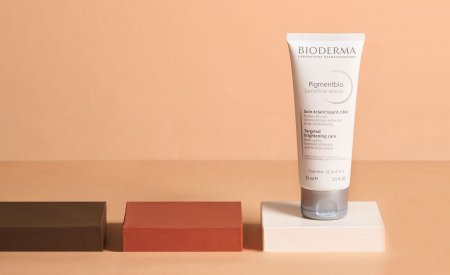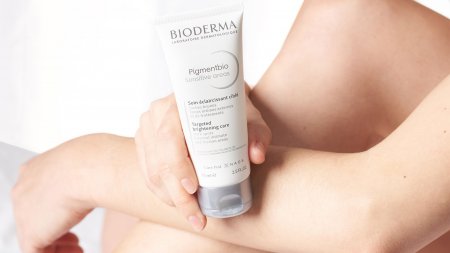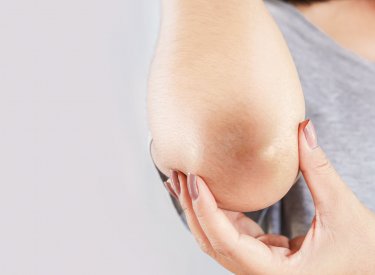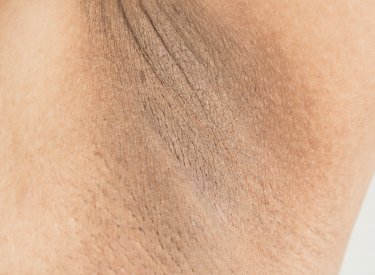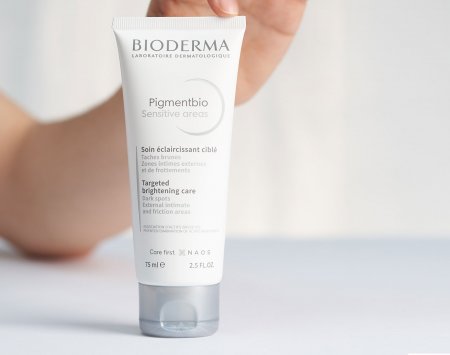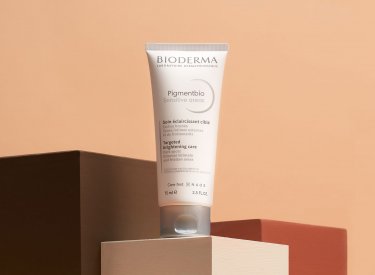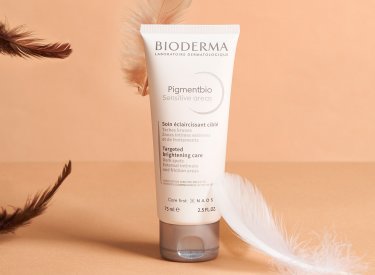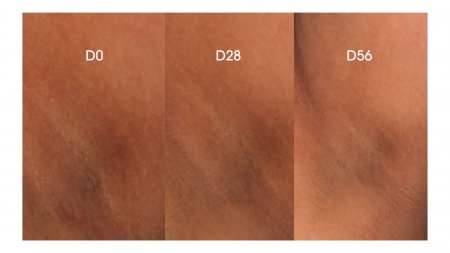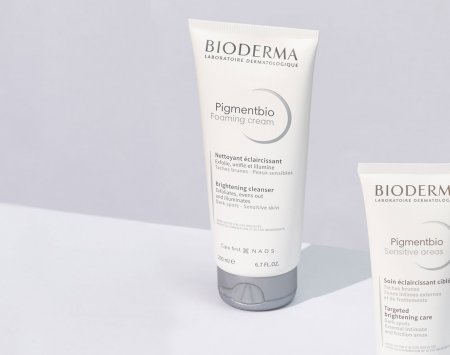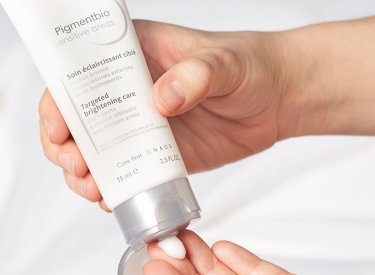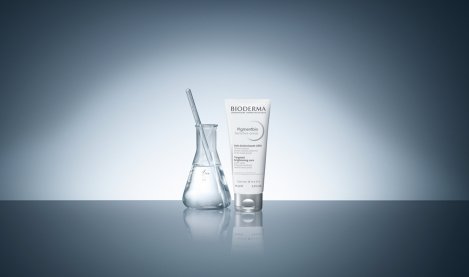“My elbows are a darker brown. It looks dirty. How can I lighten them?”
Darker skin and spots, known as hyperpigmentation, can appear on specific body parts for no apparent reason. You may have noticed unusual darkening of the skin in localised areas. Elbows and knees are the most visible and prominent. The more sensitive skin in armpits and the groin area can also be affected by hyperpigmentation.
The darker skin that you see is not the same as the spots, lentigines, melasma or post-inflammatory hyperpigmentation (PIH) that can appear on other parts of the body, usually the hands, face, neck, chest and upper back. Compared to these kinds of hyperpigmentation, localised discolouration on specific areas of the body is homogeneous and lightens at the edge of an invisible boundary. While there is nothing harmful about the difference in pigmentation, the contrast can be quite high. For someone affected, it may have a real impact on their self-confidence and well-being, influencing what they decide to wear and do.
You can find out more information in our Hyperpigmentation in the Spotlight article.
